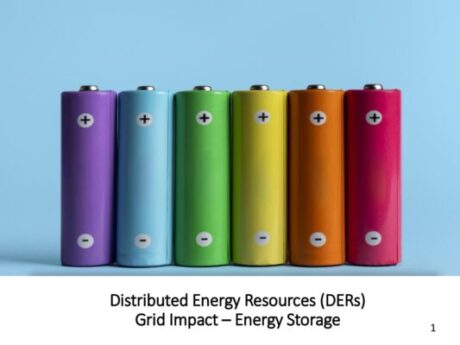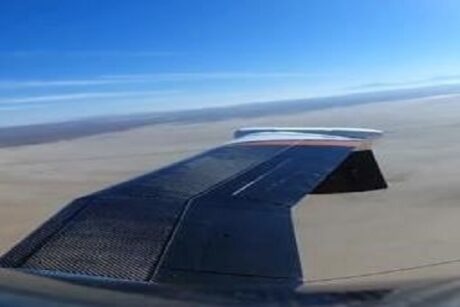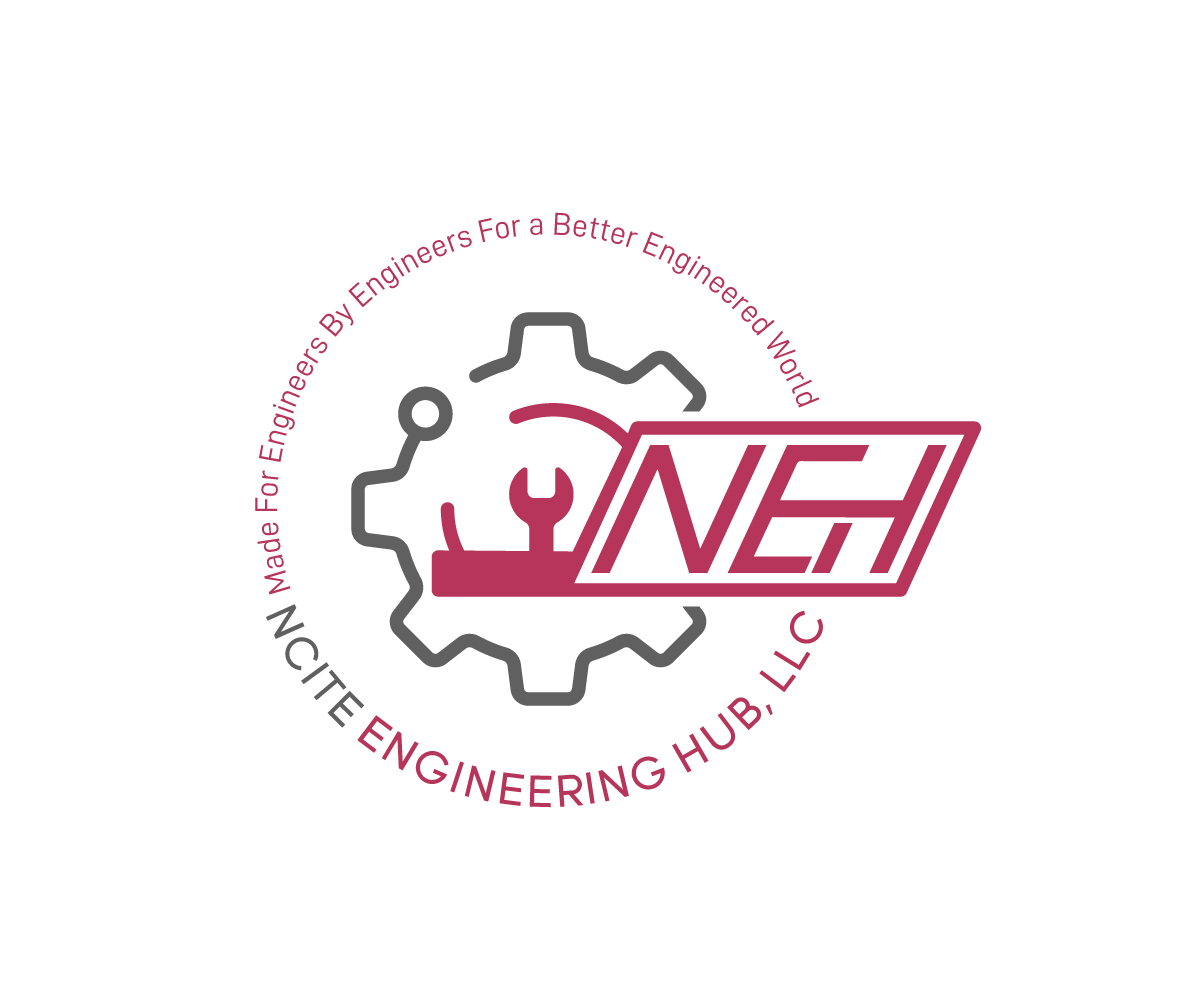- Course No E – 1819
- PDH Units: 6
- Course No E – 1819
- PDH Units: 6
Intended Audience: Materials, Chemical & Mechanical Engineers
Credits: 6 PDH Units
The purpose of this course is to briefly introduce several material properties and failure modes. A better understanding of these failure mechanisms will enable more appropriate decisions when selecting materials for a particular application. Even a basic knowledge and awareness can help design engineers to be better equipped in delaying or preventing the failure of a material or component. Some general causes for failure are structural loading, wear, corrosion, and latent defects. Because most engineering materials contain discontinuities most metal fatigue cracks initiate from discontinuities in highly stressed regions of the component. Failure can occur in systems with moving or non-moving parts. In systems with moving parts, friction often leads to material degradation such as wear, and collisions between two components can result in surface or more extensive material damage. Systems with non-moving parts are also prone to material failure, especially when certain types of materials operate over a broad range of pressures and are subjected to extreme temperature changes or to high energy radiation environments. This 6 - hour course discusses properties and behavior of materials related to nuclear power reactors. This course is based entirely on CNSC training course, Science & Reactor Fundamentals, titled “Materials” and is extracted from Canteach knowledge repository - http://canteach.candu.org/
Learning Objectives:
At the successful conclusion of this course, you will learn the following knowledge and skills:- Define terms as they relate to materials: mechanical stress and strain, hoop stress, thermal expansion, differential thermal expansion, thermal shock & residual stress
- Describe factors which cause mechanical and thermal stress in a component
- Explain the consequences of exceeding stress limits in materials
- Explain why heating and cool down rates are limited
- Define the following properties of materials: ductility, brittleness & nil-ductility transition
- Explain the differences between ductile and brittle fracture
- Explain why a material exhibiting a ductile/brittle transition temperature has operating limitations with respect to temperature
- Define creep as it relates to materials
- Explain why a large shaft becomes deformed when at rest and why rolling a large shaft prior to operation reduces the deformation
- Describe fatigue failure and work hardening
- Explain the chemically induced damage to a material subjected to corrosive environment
- Understand the effects of radiation on common materials such as metals, plastics and alloys
Once completed, your order and certificate of completion will be available in your profile when you’re logged in to the site.










